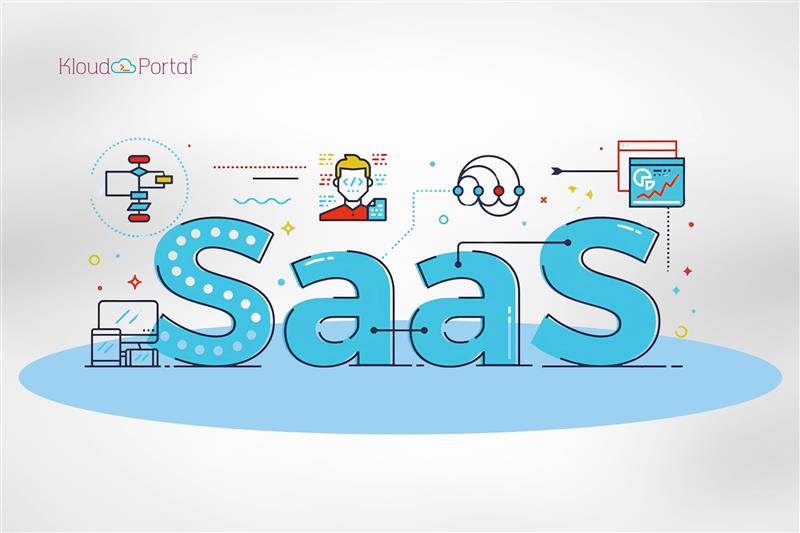The budget for SaaS product marketing can be a difficult issue in the first few years of the business. You need to spend vigorously on different channels to drive sales and recurring revenue. At the same time, you can’t lose sight of the ROI that gives you a hint about the areas that need more investments than others.
To know about winning marketing digital strategies for SaaS companies, you should visit Kloudportal, a leading SaaS Product Marketing Agency. In SaaS B2B marketing, retaining the customers is as important as making new customers. You can take the help of Customer Relationship Management (CRM) Software to engage, delight, and retain your customers.
In this post, we are going to discuss how you can plan your SaaS marketing budget by working out ROI for different channels.
SaaS Marketing Budget and ROI
Assessment of ROI and preparing a marketing budget for your SaaS product is an essential aspect of SaaS marketing. SaaS companies need to constantly work on increasing their recurring revenue so it can offset the cost of customer acquisition, if not fully then to some extent. How much a SaaS company may have to spend on sales and marketing? For an established brand, it may vary from 10 to 40 of the annual recurring revenue (ARR). The SaaS product marketing of a new product may cost up to 90% of the ARR in the first year of its launch.
How to calculate your SaaS Product Marketing Budgets
A SaaS product’s business model is based on monthly or annual recurring revenue. So, how much budget should you set aside for SaaS marketing? The answer depends on how much return you want and how many customers you need to achieve that target. For example, if your SaaS product is priced at $100 a year and you want an ARR of $100,000, you need 1,000 customers.
Next is the number of leads you need to convert into 1,000 customers. If your SaaS product marketing agency works out that you will get 1 conversion from 200 leads, then you need 200,000 leads to achieve your target of 1000 customers.
Your SaaS product marketing budget depends on how much you need to spend to generate one lead. For example, if it takes $1 to generate 4 leads, you will have to spend $50 to generate 200 leads that will convert into 1 customer who pays $100 for a year. This is how you work out your SaaS marketing budget.
How to work out your return on investment (RoI)?
The return on investment is the rate of profitability and it is worked out as the ratio of return against investment. In the example that we are working with, the total investment needed to acquire 1 customer is $50. For 1000 customers, the investment would be $50,000 while the ARR or the return is $100,000. So, the ROI will be $100,000: $50,000, which is equivalent to 2: 1. In other words, for every dollar spent, the return is $2. More simply, we can say the RoI is double the investment.

Why is ROI important?
The marketing campaign for a SaaS product may involve B2B marketing where many different channels are used. For every channel, a marketing budget can be allocated based on the return on investment it offers. Working out RoI for different channels may give an idea as to which of them is more effective and cost-efficient. There can be a whole range of metrics that can provide insight into your investments and returns.
Different marketing channels
A SaaS product marketing agency will most likely use Email Marketing, PPC Search Ads, SEO and Content Marketing. These marketing campaigns can help the company reach new customers within the budget and quickly.
Of the 3 marketing channels we have just mentioned, email marketing and Google search ads are the first and the second most cost-effective. They deliver an average ROI of $45 and $8 respectively for every $1 spent.
To effectively monitor the leads particularly where it’s coming from you will need CRM software such as the one from Salesforce or Hubspot.
ROI of different channels
You can use the same formula as we have used earlier in this post to calculate ROI. You can work out how much money it needs to be spent on email marketing to generate enough leads to acquiring 1 customer. Finally, you will compare the returns with the investment for a clear picture of the RoI status.
An important thing to remember is that you should compare the RoI with the previous month of the year to see if the direction of your campaign and the allocation of budget are right.
Dig deeper into the data
Once you have all the ROI data of the period under review as well as that of the previous month of the year, you can do some data analysis and see which channel is more profitable to work with. You may get some actionable insights such as reducing or increasing the budget on a particular channel.
However, RoI alone may not be a matter of concern all the time. There are some SaaS marketing metrics that you might be interested in. They all go into making your RoI better from one review period to the next.
Traffic:
Whether it’s has gone up or down; geography-wise mapping and tracking of visitors.
Qualified leads:
it gives you an idea of which channel is more effective in bringing qualified marketing leads and qualified sales leads.
Customer Acquisition Cost (CAC):
It helps you know where you should spend your marketing budget and in what proportion.
Churn:
Customer retention is the key in SaaS marketing. If your business is witnessing a higher churn rate, you need a course correction.
Summing up
Accurate and timely assessment of SaaS product marketing ROI and provisioning of SaaS product marketing budgets holds the key to success in this highly competitive business segment.
For SaaS marketing, you need to plan, develop, and implement a sound digital marketing campaign. To this end, you need to hire a good SEO company that can make your digital marketing journey less painful and more productive.




